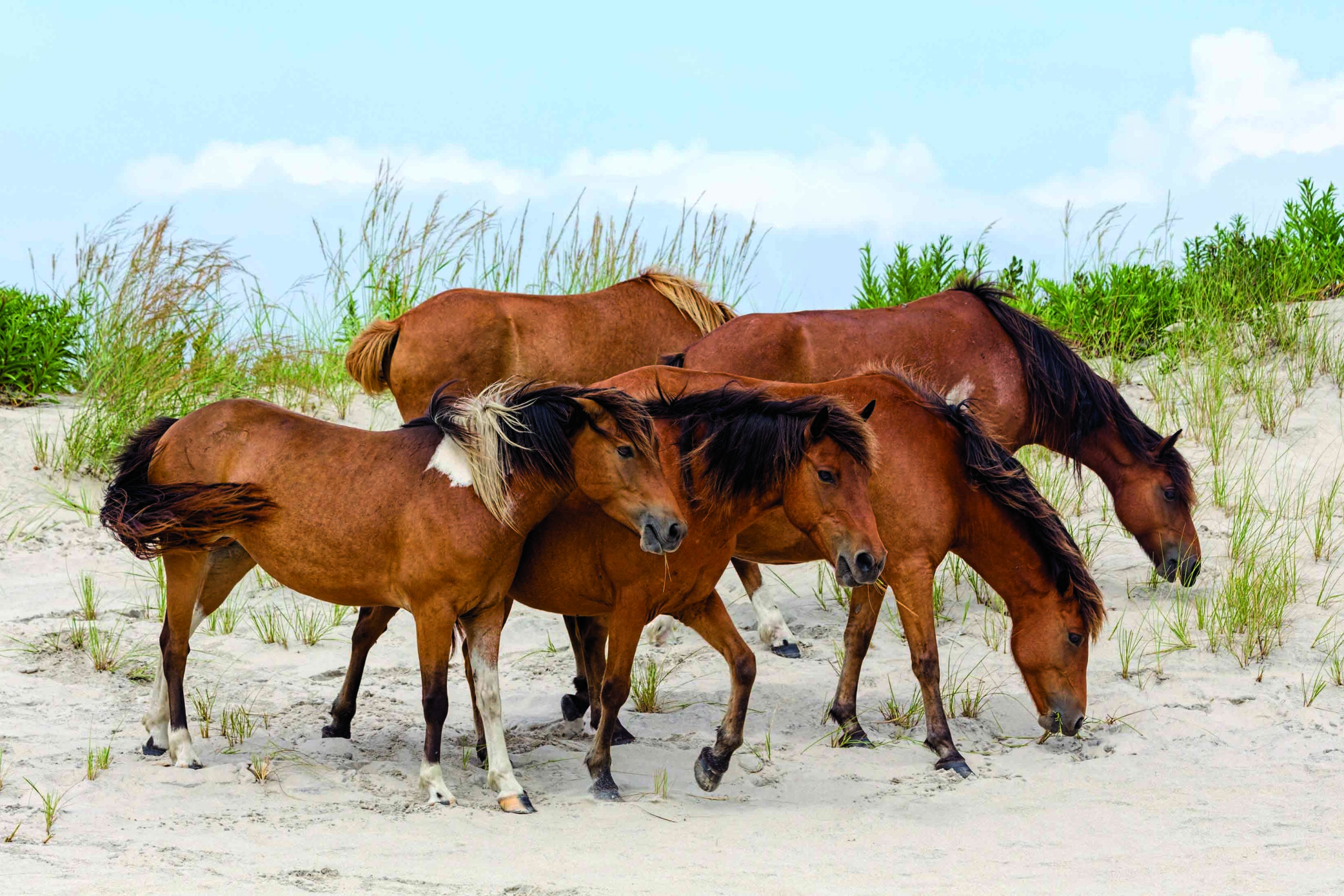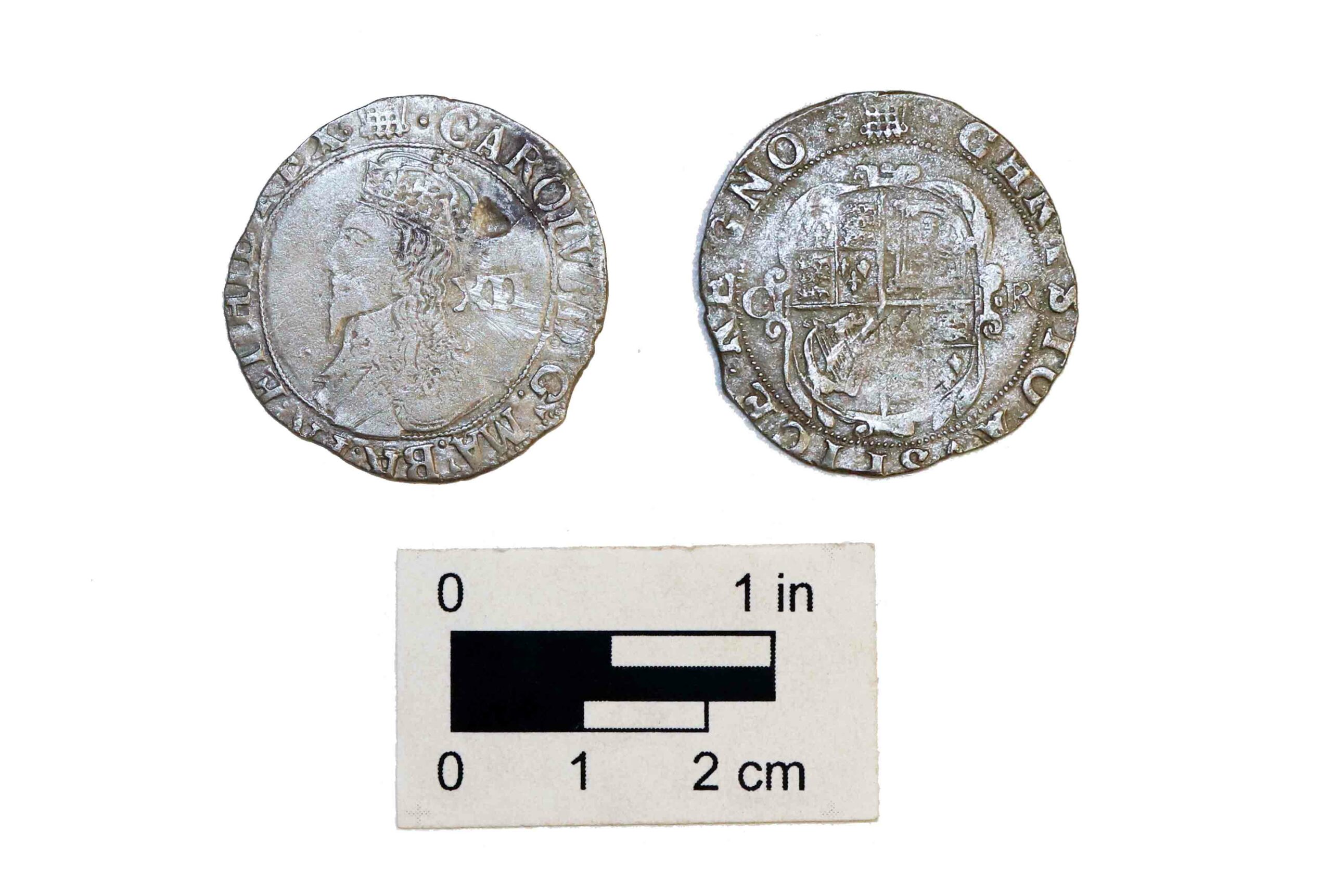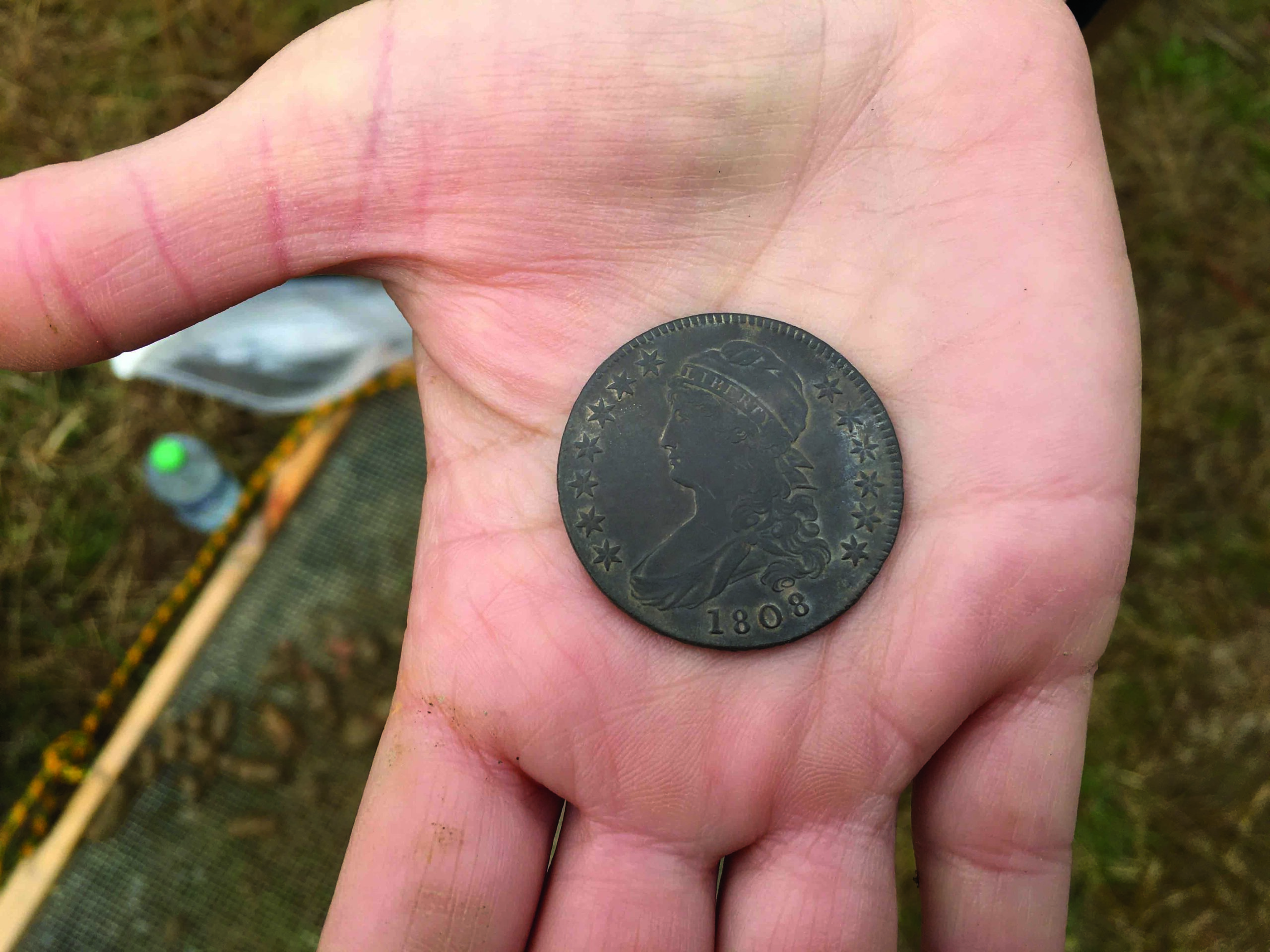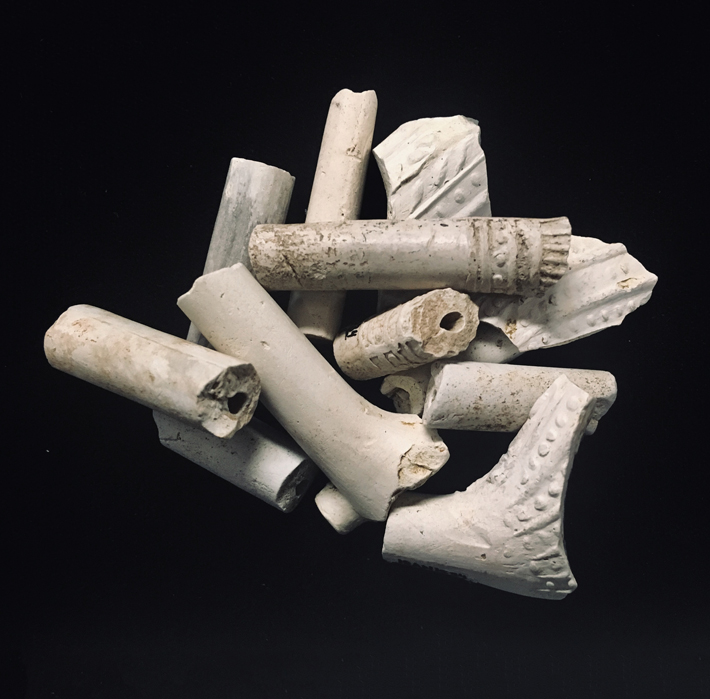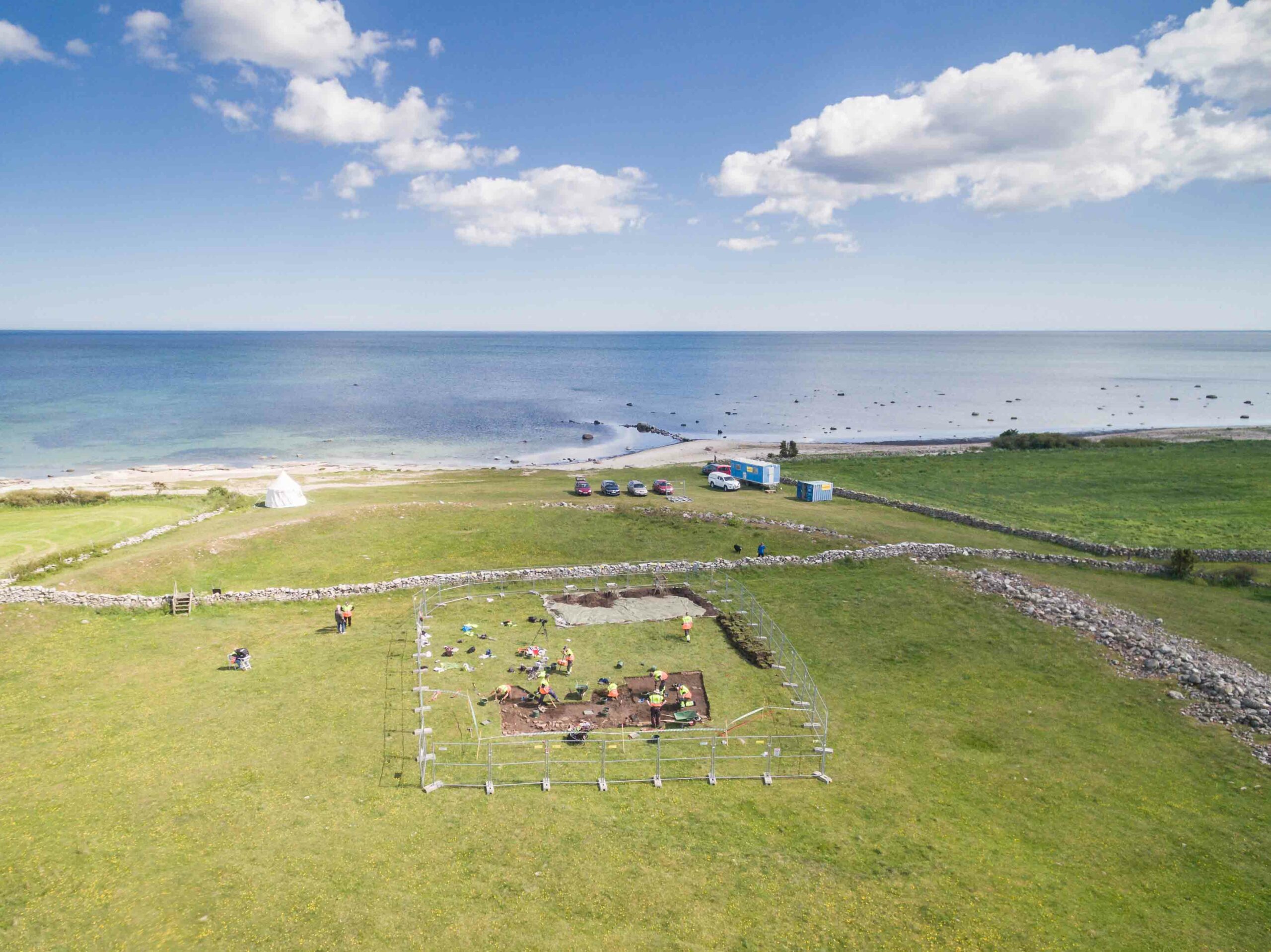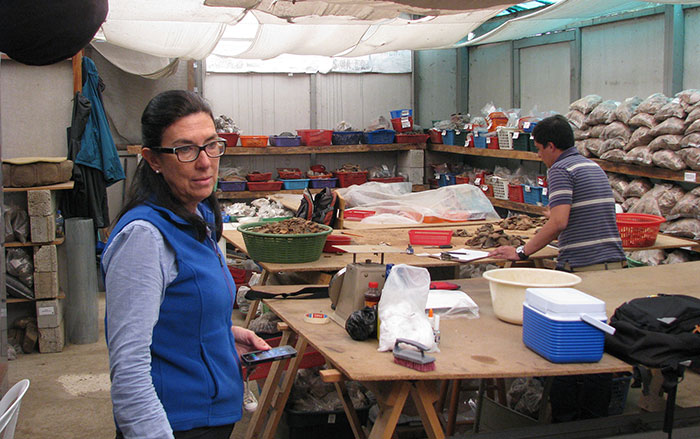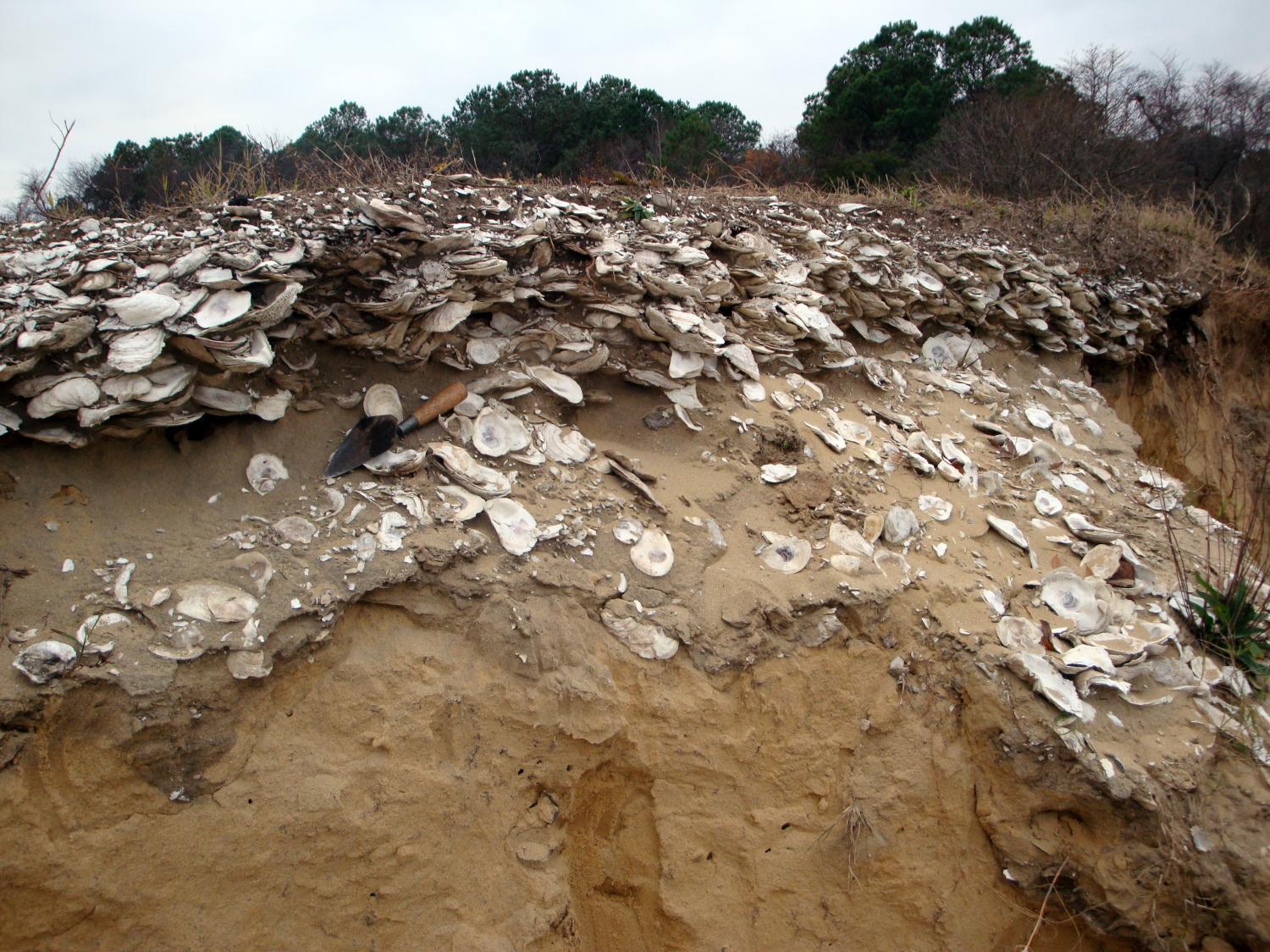
CHESAPEAKE BAY, MARYLAND—A team led by Smithsonian Institution archaeologist Torben Rick has found that prehistoric Native Americans in Chesapeake Bay used sustainable methods to harvest oysters. The group studied a series of prehistoric shell mounds in the area, expecting to find that the size of oysters would decrease over time as they were harvested more intensively. But while they found size did fluctuate through the centuries, there was no evidence for an overall decline in shell size from about 3,500 to 400 years ago. “Archaeologists all over the world have documented size declines where indigenous peoples were intensively harvesting shellfish,” Rick told the Bay Journal. “We didn’t find that at all.” Rick hopes that study of the prehistoric oyster fishery might help inform efforts to rebuild the modern oyster population in Chesapeake Bay, which is just one percent of what it was a hundred years ago. For more about how prehistoric North Americans managed coastal resources, go to “The Edible Landscape.”


